UNESCO Heritage must visit destinations
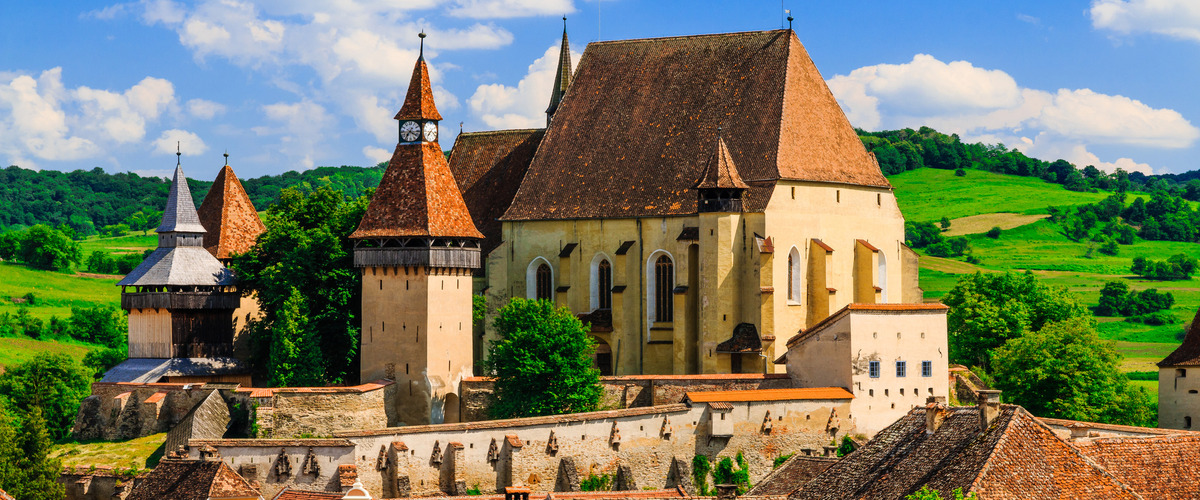
Credits


UNESCO Heritage must visit destinations
UNESCO Heritage
As of 2024, Romania is home to 11 UNESCO World Heritage Sites. Nine of these are cultural sites, and two are natural sites.
Here is the complete list:
- Danube Delta, 1991, The Danube Delta, where the Danube river enters the Black Sea, is the largest European wetland. It is home to over 300 bird and 45 freshwater fish species, including the endangered sturgeons. Mammal species include European mink, European wildcat, Eurasian otter, and the threatened monk seal.
- Villages with Fortified Churches in Transylvania, 1993, This site comprises seven villages with fortified churches that were built between the 13th and the 16th centuries by Transylvanian Saxons. The settlement pattern and the organization of the villages has been preserved since the Middle Ages. Six villages (Calnic, Darjiu, Prejmer, Saschiz, Valea Viilor, and Viscri) were listed in the original nomination in 1993 while the village of Biertan (the fortified church is pictured) was added in 1999.
- Monastery of Horezu, 1993, The monastery in the town of Horezu was founded in 1690 by Constantin Brancoveanu, Prince of Wallachia, who was the namesake of the Brancovenesc style of architecture. It is considered by UNESCO as a masterpiece of this style. It is known for its rich ornamental details and votive paintings. In the 18th century, an influential school of mural and icon painting was established in the monastery.
- Churches of Moldova, 1993, This site comprises eight churches built in the 15th and 16th centuries. In line with the regional period style, the facades of the churches are entirely covered by frescos inspired by Byzantine art. The paintings depict Biblical themes and are well preserved.
- Sighisoara Medieval Citadel, 1999, The historic centre of the city of Sighisoara dates from the 12th century. It is a well-preserved example of a small fortified medieval town shaped by the interactions of cultures from Central Europe and the Byzantine-Orthodox Southeastern Europe. It was founded by the Transylvanian Saxons, a community of German merchants and craftsmen.
- Wooden Churches of Maramures, 1999, This site comprises eight churches from the 17th and 18th century in Maramureș County. The churches are made of wood and they combine influences of Orthodox and Gothic architecture styles. Some of the common characteristics of the churches include tall, slim clock towers and roofs covered by shingles.
- Dacian Fortresses, 1999, The six fortresses that comprise this site were built in the 1st century BCE and 1st century CE and served as protection against Roman conquest during the Roman-Dacian wars. They are representative examples of two characteristic types of forts of Late Iron Age Europe.
- Ancient and Primeval Beech Forests of the Carpathians and Other Regions of Europe, 2017, This site comprises undisturbed examples of temperate forests that demonstrate the postglacial expansion process of European beech from a few isolated refuge areas in the Carpathians and other ranges. The site was originally listed in 2007 as the Primeval Beech Forests of the Carpathians, shared by Slovakia and Ukraine, extended in 2011 to include the Ancient Beech Forests of Germany, extended in 2017 to list 12 areas in Romania and in some other countries, and further expanded in 2021 to include forests in a total of 18 countries.
- Rosia Montana Mining Landscape, 2021, Roșia Montană is located in the western part of the Romanian Carpathians. The area is rich in deposits of precious metals and has been a centre of gold mining starting in Bronze Age and continuing in the 21st century. Before the discovery of America, the area was the main European source of gold.
- Sculptural Ensemble of Constantin Brancusi at Targu Jiu, 2024, The group of monuments at Targu Jiu was designed by the Romanian sculptor Constantin Brancusi in 1937 to commemorate the soldiers who died in World War I. There are three sculptures in the assembly, The Table of Silence, The Gate of the Kiss, and the Endless Column.
- Frontiers of the Roman Empire — Dacia, 2024, This site comprises the Dacian section of Roman Limes. Stretching over more than 1,000 km (620 mi), this was the longest land Roman border sector of Europe. Around 100 forts, 50 small fortifications, and more than 150 towers in Romania have been identified.

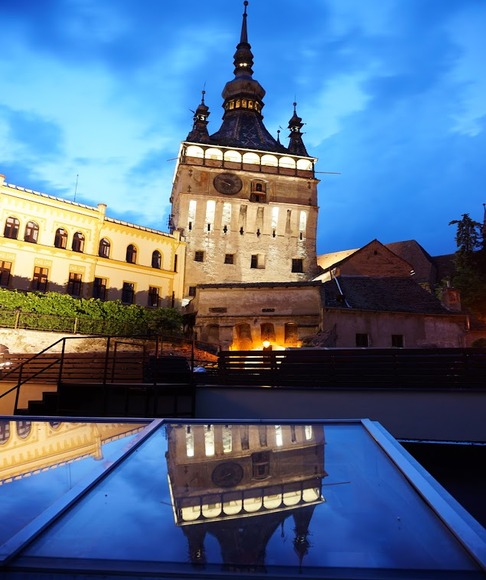
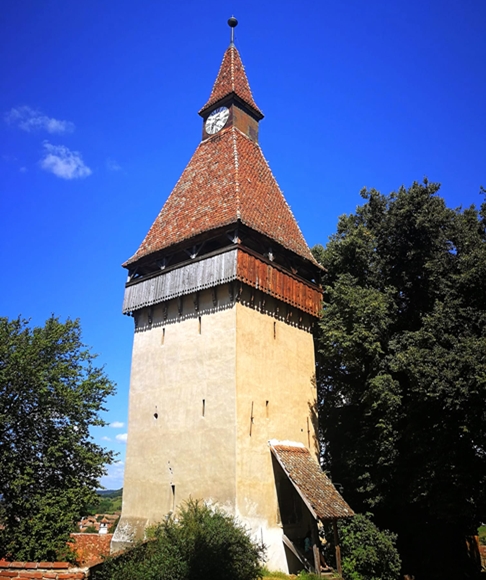
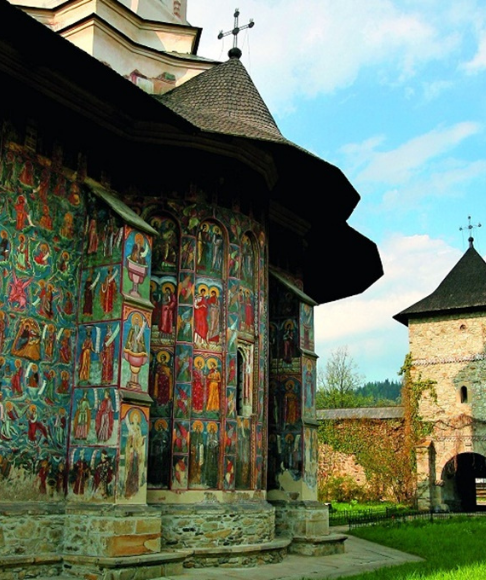
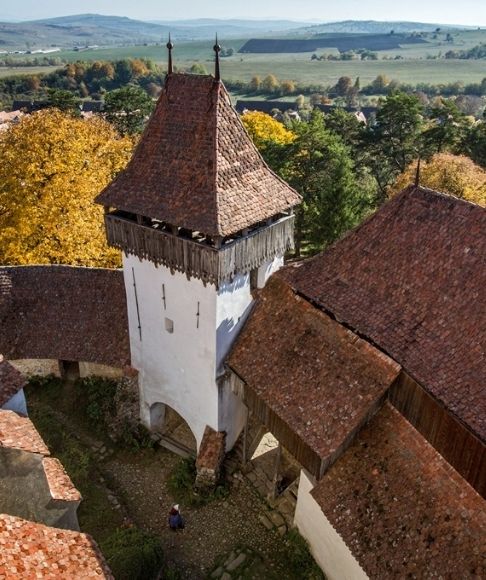
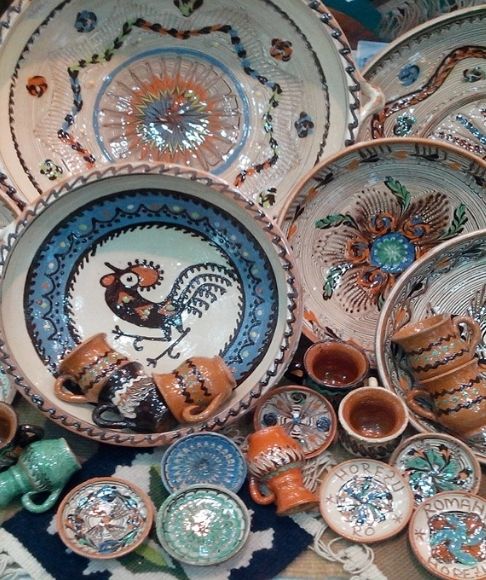
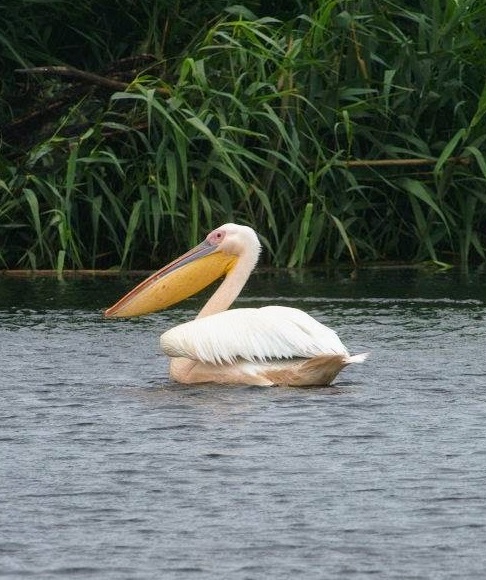
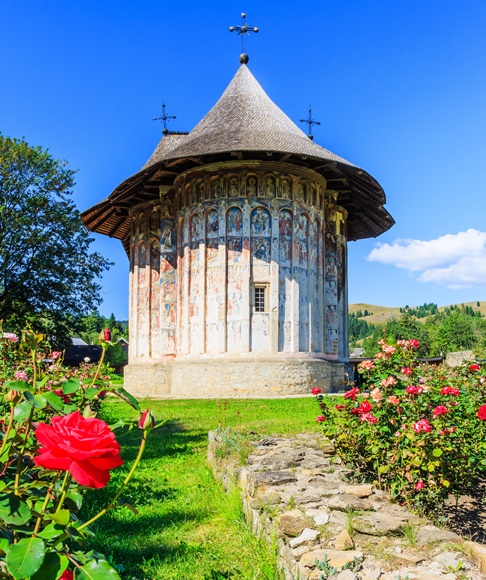
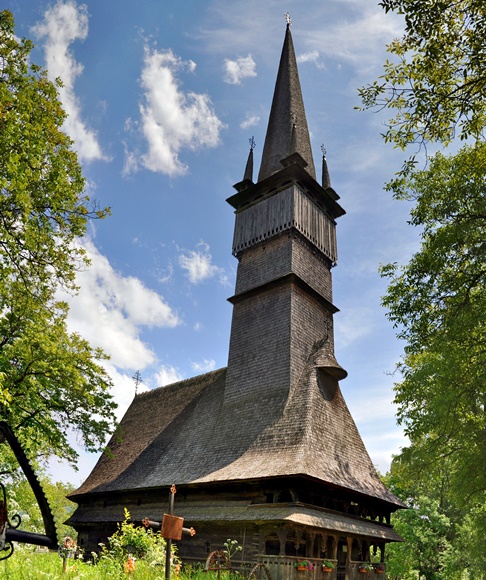


.png)




